Advancements in Treatment Protocols
Innovations in treatment protocols are significantly influencing the Methadone Market. Recent developments in pharmacotherapy have led to enhanced methodologies for administering methadone, improving patient outcomes. For instance, the integration of telemedicine has facilitated better access to methadone treatment, particularly in underserved areas. Furthermore, studies indicate that when combined with counseling and behavioral therapies, methadone can lead to higher retention rates in treatment programs. This evolution in treatment strategies not only enhances the effectiveness of methadone but also encourages more healthcare providers to adopt it as a standard practice. As a result, the Methadone Market is poised for growth, driven by these advancements that promote better patient care.
Rising Awareness and Education on Addiction
The increasing awareness and education surrounding addiction and its treatment are pivotal for the Methadone Market. Public health campaigns and educational initiatives have contributed to a better understanding of opioid use disorders and the role of methadone in recovery. As communities become more informed, the stigma associated with addiction treatment diminishes, leading to higher acceptance of methadone as a viable option. This shift in perception is crucial, as it encourages individuals to seek help and participate in treatment programs. Consequently, the Methadone Market is likely to benefit from this heightened awareness, resulting in increased demand for methadone as part of comprehensive addiction treatment.
Increasing Prevalence of Opioid Use Disorders
The rising incidence of opioid use disorders is a critical driver for the Methadone Market. As more individuals struggle with addiction, the demand for effective treatment options, including methadone, has surged. According to recent statistics, opioid-related overdoses have reached alarming levels, prompting healthcare systems to seek comprehensive solutions. Methadone Market, recognized for its efficacy in reducing withdrawal symptoms and cravings, plays a pivotal role in treatment protocols. This increasing prevalence not only highlights the necessity for methadone but also indicates a growing acceptance of medication-assisted treatment. Consequently, the Methadone Market is likely to experience substantial growth as healthcare providers expand their offerings to include methadone as a primary treatment option.
Regulatory Changes Favoring Medication-Assisted Treatment
Regulatory changes that support medication-assisted treatment are significantly impacting the Methadone Market. Recent policy shifts have made it easier for healthcare providers to prescribe methadone, thereby increasing its availability to those in need. For example, some regions have implemented streamlined processes for obtaining methadone treatment, reducing barriers for patients. These regulatory advancements not only enhance access but also promote the integration of methadone into standard treatment protocols for opioid use disorders. As a result, the Methadone Market is expected to expand, driven by favorable regulations that encourage the use of methadone in addiction treatment.
Integration of Methadone in Comprehensive Treatment Programs
The integration of methadone into comprehensive treatment programs is a significant driver for the Methadone Market. Healthcare providers are increasingly recognizing the importance of a multifaceted approach to addiction treatment, which includes the use of methadone alongside counseling and support services. This holistic strategy has been shown to improve treatment outcomes and reduce relapse rates. Moreover, as more treatment facilities adopt this integrated model, the demand for methadone is likely to rise. The Methadone Market stands to benefit from this trend, as it aligns with the growing emphasis on providing comprehensive care for individuals struggling with opioid use disorders.


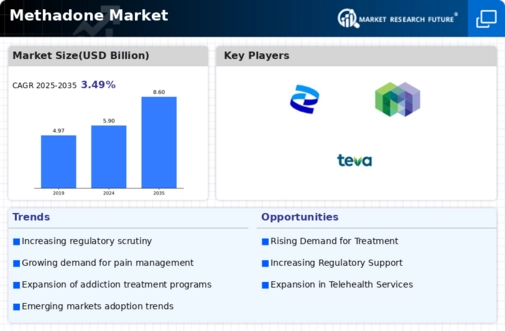

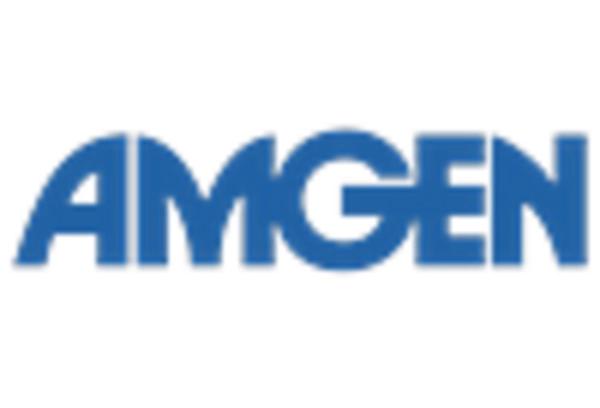
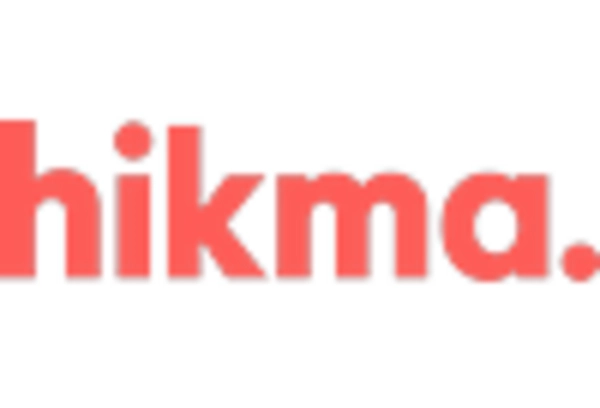


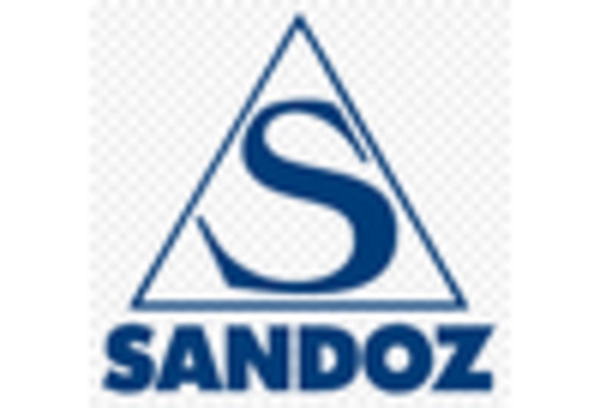
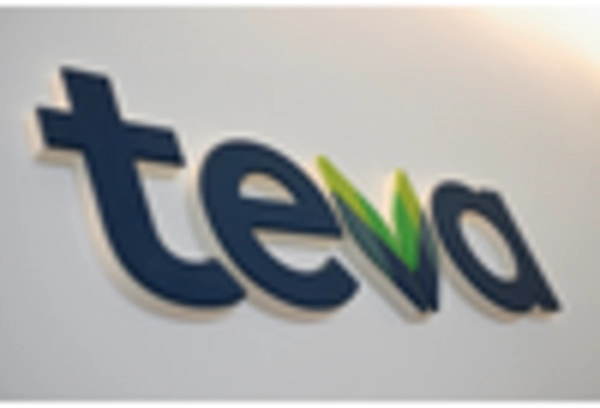








Leave a Comment